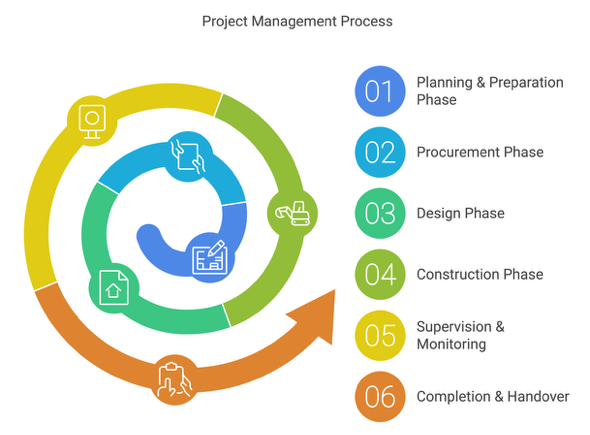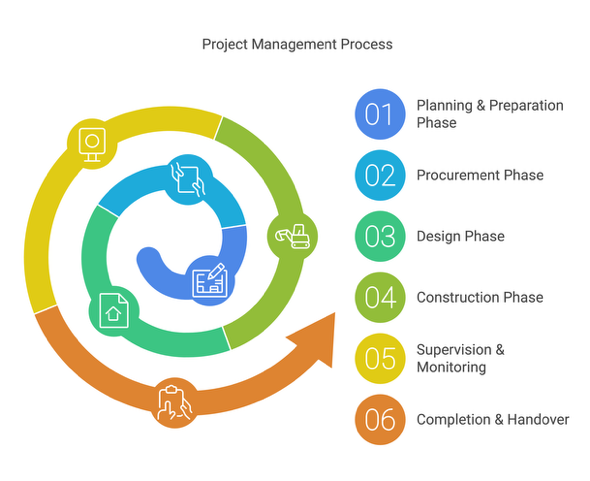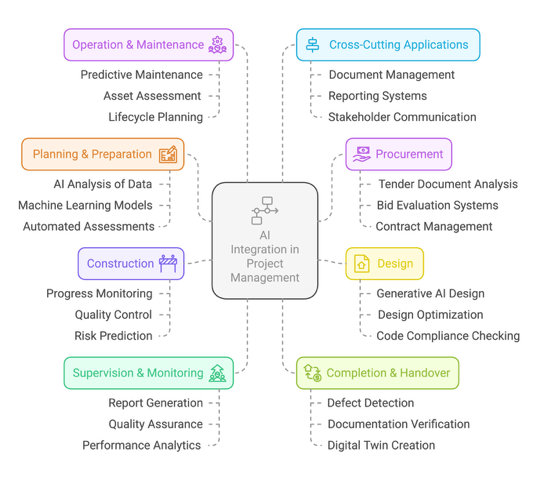By Robert Worthington
CoST, the Infrastructure Transparency Initiative, has consistently advocated for greater transparency, participation and accountability in public infrastructure investments. How might AI help advance these goals?
Artificial Intelligence (AI) began in the 1950s but with tools like ChatGPT, the use of AI has risen sharply in recent years.
AI is defined as computers doing something that would usually be done by humans, with the ability to learn and reason. There are two types of AI that are prevalent — narrow AI like facial/voice/number plate recognition, and general AI which has more cognitive abilities.
There are already examples of AI being used in infrastructure transparency. For example, Ukraine’s ProZorro platform used AI-powered analysis of procurement patterns to identify suspicious patterns in bidding. This has resulted in an estimated savings of $6 billion between 2016-2020 through improved transparency and competition.
This blog explores specific areas where AI could be beneficial, assesses some of the trade–offs to consider when introducing use of AI, and proposes some initial areas to prototype and assess further.
Infrastructure Project Lifecycle
Before we consider the role of AI, let’s start with some background on infrastructure projects and their typical lifecycle. This will help provide a framework for evaluating the value of AI. The following diagram illustrates common phases that infrastructure projects follow during their lifecycle.
Each phase of the project lifecycle presents different opportunities for where AI might add value. Each of these stages also contribute directly to one of the 67 key items of information that the Open Contracting Data Standard (OC4IDS) encourages to be pro-actively and reactively published for public works projects in order to support stakeholders to monitor these infrastructure projects, and to carry out independent reviews.
Towards a framework for incorporating AI into the Infrastructure Project Lifecycle
The Infrastructure Project Lifecycle offers a useful framework to consider ways in which AI can add value to each phase. The following diagram sets out some initial ideas where could be developed further as part of a more comprehensive AI framework across operation & maintenance; cross-cutting applications; planning & preparation; procurement; construction; design; supervision & monitoring and completion & handover.
Current Applications of AI in the Sector
Developing a comprehensive framework will take time. It makes sense to start with specific applications that help test the water. We can use these to learn valuable lessons and understand how better to assess the benefits and potential drawbacks that incorporating AI will bring.
Several promising AI applications are already emerging. Kwantu is developing a chatbot to allow citizens and stakeholders to easily query published infrastructure data, advancing CoST’s goal of improved social accountability. The chatbots have the potential to answer questions about project timelines, budgets, and contractors in plain language, making complex infrastructure data more accessible to the public. It can be accessible in multiple languages and over different channels including WhatsApp, Telegram, and a toll free line. This improves reach and responds (in part) to the in-equity of the digital divide.
Kwantu is also exploring the use of AI to automatically extract and standardize data from contracts, invoices, and project documents. The combination of optical character recognition and machine learning can help automate the time-consuming task of digitizing and processing key project documents. This aligns with CoST’s strategic priority of developing “innovative tools and standards with global applicability.”
These are some early examples of how AI could add value. However, we must be careful to also assess the challenges and costs associated with AI.
Challenges and Ethical Considerations
While AI offers exciting possibilities, several challenges must be addressed. Data quality and standardization — already identified as challenges by CoST – become even more critical when using AI. Machine learning models require clean, structured data to produce reliable results. This might mean that work is needed to standardize contract and invoice templates — or a greater investment in time to train machine learning models to understand a wider range of templates.
There are also important ethical considerations around AI’s use. The technology must be deployed in ways that enhance rather than replace human oversight and decision-making in infrastructure governance. There are risks of the impact of AI in the job market. Additionally, the environmental impact of AI systems needs careful consideration given CoST’s commitment to addressing climate change impacts in infrastructure development. Some AI technologies (like machine learning) are less computationally intensive. However, others (like generative AI that powers chatbots) is very computationally intensive.
Future Prospects and Developments
Looking ahead, AI could help realize CoST’s vision of “quality infrastructure, stronger economies, better lives” in several ways:
- Predictive analytics could help identify potential project risks and issues before they materialize.
- Computer vision could analyze satellite imagery and photos to monitor construction progress.
- Machine learning could detect patterns indicating potential corruption or inefficiency.
- Natural language processing could make infrastructure data accessible in multiple languages.
However, successful integration of AI will require careful alignment with CoST’s multi-stakeholder approach. The technology should enhance collaboration between government, private sector, and civil society – rather than creating new barriers.
AI presents an opportunity to scale up impact while maintaining commitment to transparency, participation, and accountability in infrastructure. The key will be thoughtful implementation that serves CoST’s core mission while addressing potential risks and challenges.
The path forward requires balancing innovation with responsibility – using AI to enhance rather than replace human judgment while ensuring the technology serves the public interest in infrastructure development. Through careful consideration and implementation, AI has the potential to be a powerful tool for advancing infrastructure transparency and accountability worldwide.
 Rob Worthington is a Senior Business Analyst with Kwantu. He has 20 years of experience designing and architecting data management systems for infrastructure, citizen engagement, social protection, and service delivery programmes.
Rob Worthington is a Senior Business Analyst with Kwantu. He has 20 years of experience designing and architecting data management systems for infrastructure, citizen engagement, social protection, and service delivery programmes.

